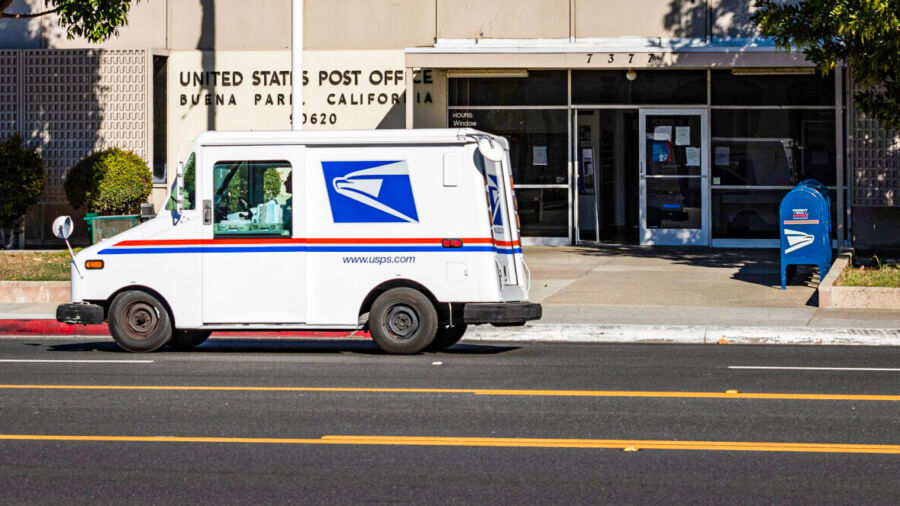The United States Postal Service (USPS) submitted a Sept. 23 document to the Postal Regulatory Commission stating plans to raise prices for its First-Class postage—which currently costs 73 cents—five times over the next three years.
The specific amounts for the price hikes weren’t mentioned, but the proposed plan is to start in July 2025 and then repeat “each January and July thereafter” until the end of 2027. The price changes will need approval from the Postal Regulatory Commission.
They confirmed the bi-annual change will skip January 2025, according to a Sept. 20 news release.
“Our strategies are working and projected inflation is declining,” Postmaster General Louis DeJoy said in the announcement. “Therefore, we will wait until at least July before proposing any increases for market dominant services.”
Prices for first class postage are relatively low, with only a handful of other countries charging less for a domestic single-piece letter, according to USPS.
It added that the postal service remains “committed to continued cost saving measures and to keeping its products and services affordable.”
An independent federal establishment, USPS is self-financed and overseen by a bipartisan Board of Governors. They deliver mail and packages six days a week to 167 million addresses, according to the agency.
The postal service recently implemented a 10-year transformation plan called Delivering for America, which it says is intended to modernize the postal network, restore long-term financial sustainability, largely improve mail and shipping services, and maintain a reputation as one of America’s “most valued and trusted” brands.
Launched in March 2021, the plan includes financial investments of $40 billion through 2031, including in technology systems for processing and retail operations, parcel sorting equipment, a new delivery fleet, and generating more product and service offerings.
According to plan details, USPS’s on-time performance reached a five-year high by the end of the 2022 fiscal year since its implementation.
In a Sept. 13 letter, Postmaster DeJoy said current mail delivery averages 2.7 days, and election mail routinely outperforms regular service.
The letter was in response to concerns from the National Association of Secretaries of State and National Association of State Election Directors over the service’s performance as Election Day approaches.
“You can rest assured that along with the entire United States Postal Service, I am personally fully committed to effective implementation of our longstanding processes and procedures designed to ensure that all ballot mail is delivered in a timely and secure manner,” he told the two associations.

